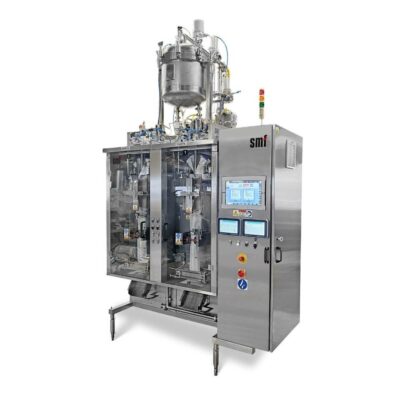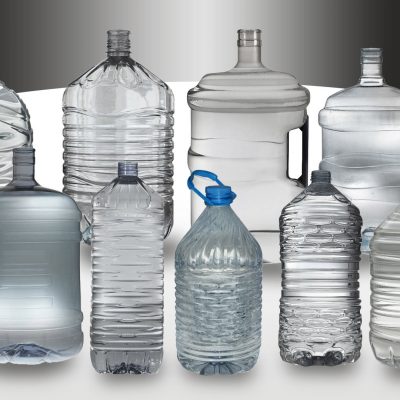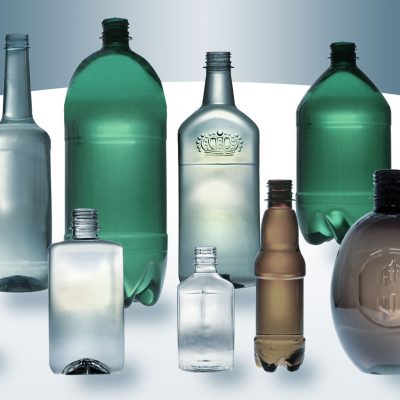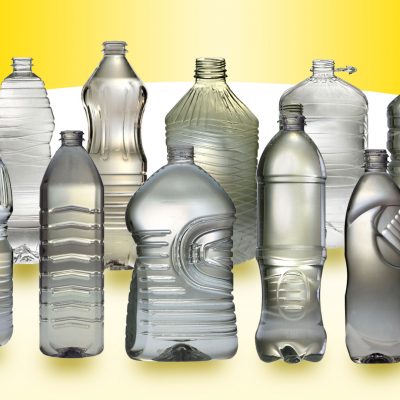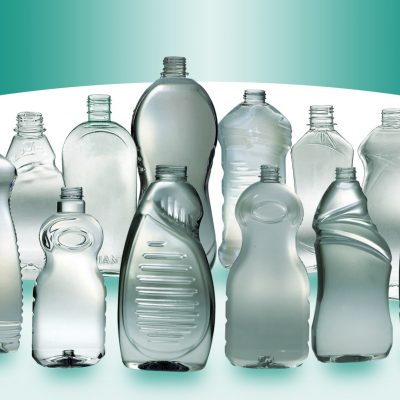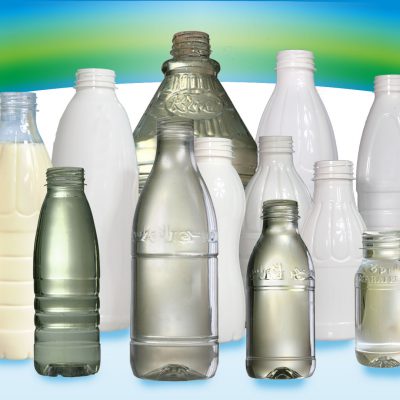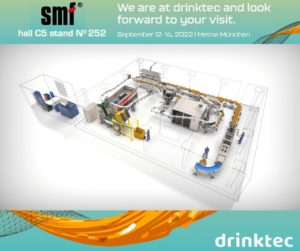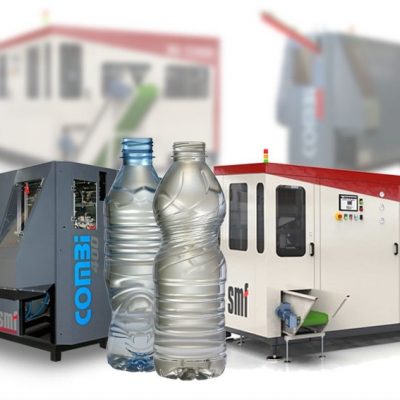
HDPE versus PET
Food sold in shops or supermarkets is usually stored in packaging made of plastics. Different types of markings can be found on individual containers, including PET/PETE and HDPE.
What is the difference between them? What is the meaning of these terms? We provide answers to the questions presented and dispel doubts. Keep reading.
PET – what’s that?
PET stands for polyethylene terephthalate, a thermoplastic polymer which belongs to the polyester group. This raw material is quite commonly used in various industries. It is used to produce textile fibres, crockery, bottles, jars, trays and also food film.
It owes its popularity to its very good technical parameters. It is easy to work with and, at the same time, has high durability, strength and resistance to mechanical damage, such as abrasion or cracking.
HDPE – what does it mean?
HDEPE is high density polyethylene. It can be used to produce various types of packaging, including fuel canisters, crates, barrels or foodstuff containers. It is also a component of drinking water fittings, pressure pipes for petrol tanks in cars or various connectors or hoses.
This material has a number of valuable properties. It is non-permeable and does not absorb moisture. It is resistant to organic solvents, acid-base salts, oxidising agents and other chemicals. It does not corrode and is difficult to damage.
HDPE and PET – similarities and differences
HDPE or PET? How to recognise these raw materials. The differences between them can be seen with the naked eye. The former is transparent, while the latter is translucent.
Polyethylene terephthalate containers are ideal for drawing attention to the contents of a bottle or other container. In addition, you can easily attach various labels to them. The colour of the branding will not clash with the colour of the container. In contrast, tanks made of high-density polyethylene do not allow their contents to be identified very easily,
And what do HDPE and PET have in common? Above all, similar technical parameters such as resistance, durability and strength. This makes them the perfect protection not only for foodstuffs but also for cleaning products. Besides, both materials are easily recyclable.

